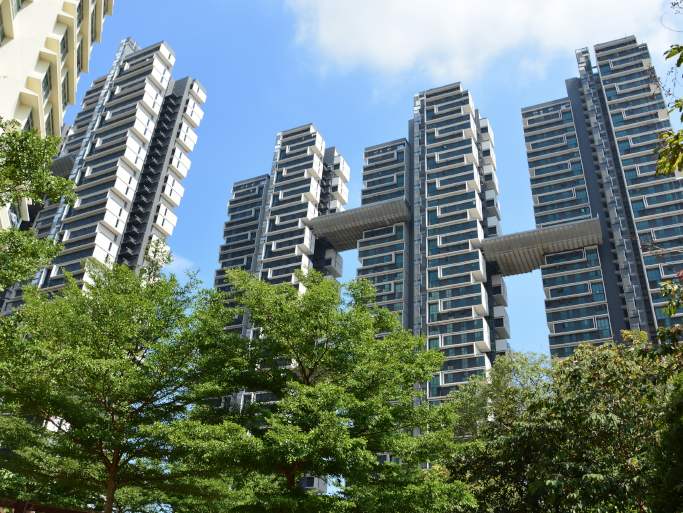
HDB resale prices dipped 0.3% in Q1
Prices ranged from $250,000 for a 3-room flat in Toa Payoh to $720,000 for a 4-room flat in Queenstown.
The Housing and Development Board (HDB) resale price index (RPI) declined at a marginally faster pace of 0.3% QoQ compared to the 0.2% decrease seen in the previous quarter, from 131.4 in Q4 2018 to 131 in Q1, according to public housing data from HDB.
Median resale prices varied across towns, ranging from $250,000 for a 3-room flat in Toa Payoh to $720,000 for a 4-room flat in Queenstown. Executive flat prices ranged from $535,000 in Jurong West to $625,000 in Pasir Ris.

Although prices have dipped for a third consecutive quarter, the cumulative decrease over the last nine months is 0.5%, which is lower than the 0.8% decline recorded in Q1 2018 alone.
According to OrangeTee & Tie head of research and consultancy Christine Sun, this may indicate that HDB resale prices have largely stabilised and buying sentiment has remained resilient.
Also read: Million dollar HDB resale flats on the rise
“We anticipate that the number of flats sold at higher price quantum may increase as around 3,500 flats built under the Design, Build and Sell Scheme (DBSS) and almost 4,000 flats in mature estates like Bukit Merah, Queenstown and Ang Mo Kio will be reaching their five-year Minimum Occupation Period (MOP) this year,” she said in a statement, adding that the higher price tags may have an uplifting effect on the overall price index.
She further noted that the coming policy changes in May that will allow buyers to use more Central Provident Fund (CPF) for older flat purchases could also increase the attractiveness and spur demand for some older flats.
However, the positive impact may be countered by more flats being placed on the resale market this year, which may exert some downward pressure on the prices of some flats. “The net effect could result in further price stabilisation, where the overall price index may flatline in 2019,” she highlighted.
On a YoY basis, resale transactions in Q1 2019 were 8.5% higher, whilst falling 14.2% QoQ from 5,637 cases in Q4 2018 to 4,835 cases in Q1 2019. This is said to be within expectations given that the number of resale applications is typically the lowest in the first quarter of the year based on past transaction records from 2014 to 2018, Sun explained.
“January to March is usually a seasonal lull for most property activities after the year-end holidays and during the Chinese New Year period,” she said. “Based on historical trends, resale volumes usually rise in tandem with an increase in housing supply.”

In terms of the rental market, the number of approved applications to rent out HDB flats rose 2.6% QoQ and 0.5% YoY, from 11,479 cases in Q4 2018 to 11,775 cases in Q1 2019. As at 31 March, there were 57,764 HDB flats rented out, representing an increase of 1.8% over Q4 2018’s 56,742 units.
Sun highlighted that rental volume may pick up further for the coming months as the peak rental season is usually in the second and third quarters of the year.
As more HDB flats will be reaching MOP in 2019, an increase in transactions in the coming months, especially flats built under the DBSS and those located in mature estates as these flats are usually in high demand, can be expected.
In May 2019, HDB will offer about 3,400 Build-To-Order (BTO) flats in Kallang Whampoa, Tengah and Woodlands. There will also be a concurrent Sale of Balance Flats exercise.
A number of housing precincts have also been highlighted for revitalisation in the Draft Master Plan 2019, including an injection of new community spaces, amenities, business and innovation hubs and new transport networks.
“Such initiatives will improve the livability, vibrancy and convenience for many existing flats, which may enhance the attractiveness of these flats and spur buying interest in the long term,” Sun added.
























 Advertise
Advertise






